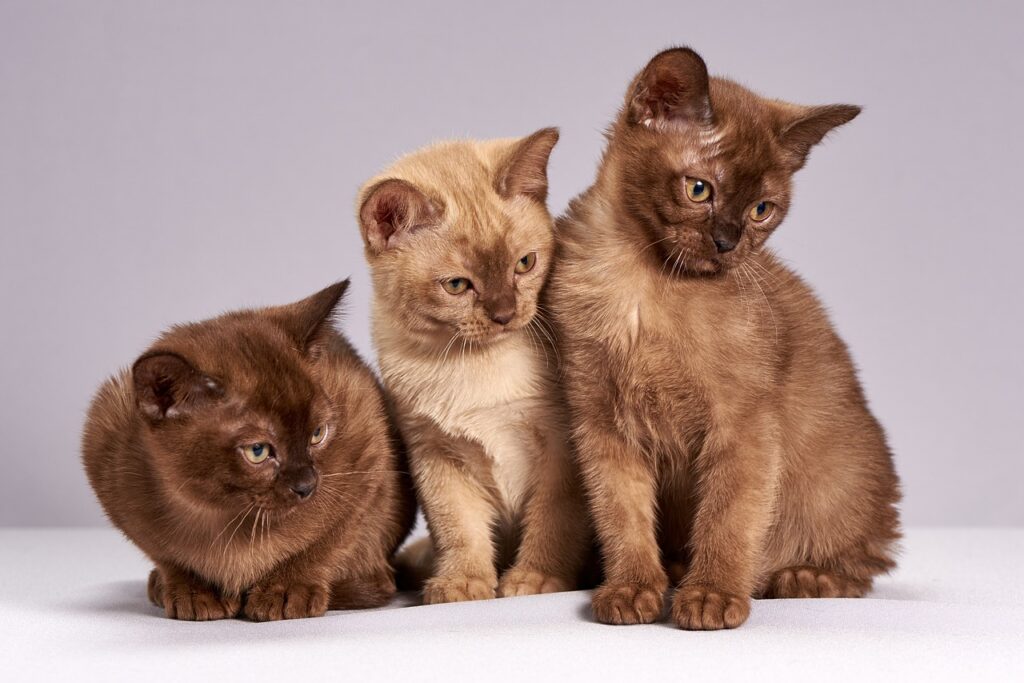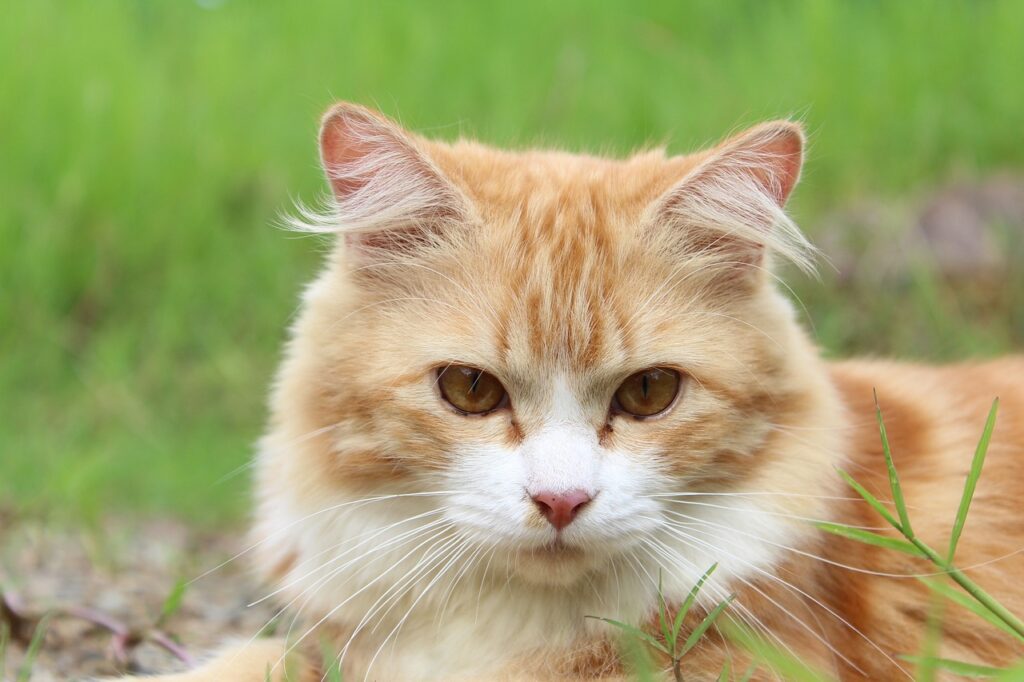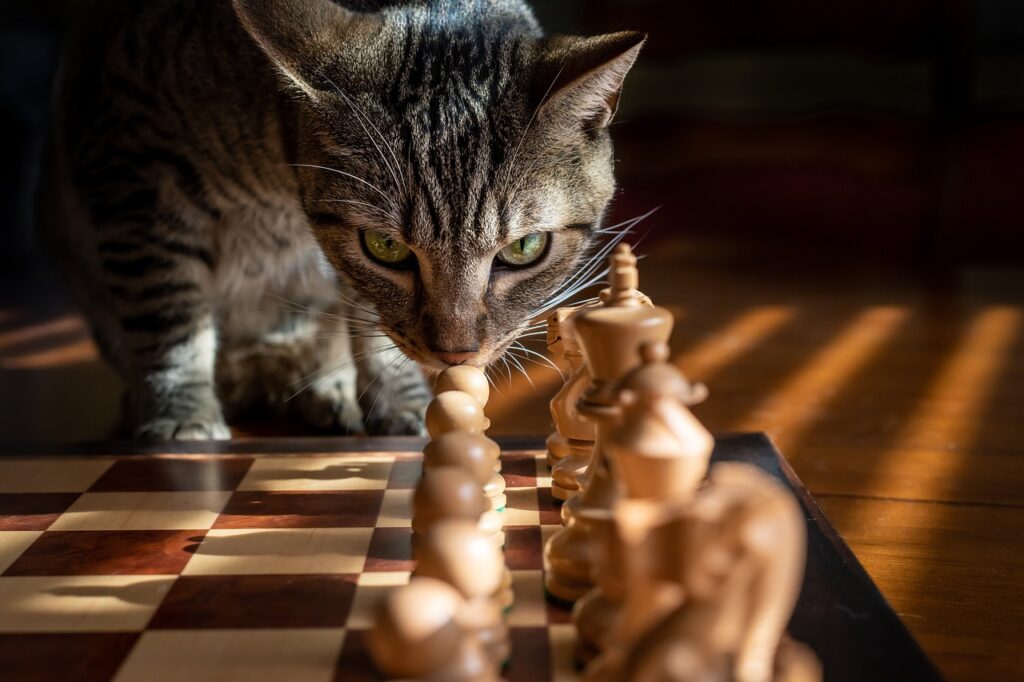Can Cats Eat Pasta? – No, They shouldn’t
When it comes to sharing your dinner with your furry friend, you might wonder, “Can cats eat pasta?” The simple answer is no; they shouldn’t regularly have pasta. Cats are obligate carnivores, meaning their diet should primarily consist of meat. Pasta, being a carbohydrate-rich food, offers little nutritional value to cats and is not a natural part of their diet. Plus, ingredients often found in pasta dishes, like garlic and onions, can be toxic to cats. So while a tiny nibble of plain cooked pasta occasionally might not harm your cat, offering it as a regular treat is not advisable.
Can Kittens Eat Pasta?
For kittens, the answer is also no. Their digestive systems are even more sensitive than those of adult cats. They require a diet that’s rich in proteins to support their rapid growth and development. Feeding kittens pasta could cause digestive upset and detract from the essential nutrients they need. It’s best to stick to a high-quality kitten food that’s specifically formulated for their dietary needs.
Things to consider when feeding pasta to kittens?
Feeding kittens pasta can lead to several issues. Since they need nutrient-dense diets to thrive, pasta’s lack of essential proteins, vitamins, and minerals can lead to malnutrition. Additionally, pasta’s carbohydrates can be difficult for kittens to digest, potentially causing bloating or diarrhea. With their dietary focus on meat-based proteins, it’s crucial to provide food that aids their growth, not complicates it. If you want to treat your kitten, look for a high-quality soft food or treat developed for kittens instead.
Nutritional Benefits of Pasta for Cats – Why Cats Shouldn’t Eat Pasta
Lack of Required Nutrients
Cats have specific nutritional needs that pasta does not meet. They need amino acids like taurine and arginine, which are only found in adequate amounts in animal protein. Pasta lacks these essential nutrients.
Potential for Obesity
Excessive carbohydrate intake from foods like pasta can contribute to obesity in cats. Cats metabolize carbohydrates differently than humans, and a high-carb diet could lead to weight gain and related health issues.
Risk of Diabetes
A diet high in carbohydrates can also increase the risk of diabetes in cats. Their bodies are not designed to handle a constant influx of glucose from carb-rich foods like pasta.
Gastrointestinal Issues
Feeding pasta can lead to gastrointestinal discomfort for cats. Many are not able to process grains properly, resulting in issues like diarrhea or constipation.
Potentially Harmful Ingredients
Pasta sauces often contain ingredients that are harmful to cats, such as garlic, onions, and certain herbs and spices. Even plain pasta can have traces of these items, posing a risk.
Potential Allergies: Can Cats Be Allergic to Pasta?
While it is less common for cats to be allergic to pasta ingredients like wheat, it is not impossible. Each cat is unique and could have specific sensitivities or allergies.
Symptoms of Pasta Allergies in Cats
- Gastrointestinal Upset: Look for signs of discomfort, vomiting, or diarrhea after pasta consumption.
- Skin Irritations: Allergic reactions may cause itchy skin or rashes.
- Respiratory Issues: In some cases, allergies can cause coughing or wheezing.
What to Do If Your Cat Shows Symptoms?
- Stop Feeding Pasta: If you notice adverse reactions, remove pasta from their diet immediately.
- Consult a Vet: For any persistent allergy symptoms, seek veterinary care to determine the cause and get proper treatment.
- Monitor Diet: Keep track of what your cat eats to help identify potential allergens.
Recommended Amount: How Much Pasta Can a Cat Consume?
Considering the nutritional mismatch and the possible health risks, pasta should not be a regular part of a cat’s diet. If you decide to give your cat pasta, it should be a very small amount and only on rare occasions after making sure there are no harmful ingredients in the pasta.
Things to Consider When Feeding Pasta to Cats
Be mindful of your cat’s overall diet and health. Keep pasta to a minimum, ensure it’s cooked and plain if offered, and always observe your cat for any unusual reactions after consuming pasta or any new food.
How to Feed Pasta to Cats: A Quick Guide
Despite pasta not being ideal for cats, if you still want to share a tiny morsel as a treat, make sure it’s plain and cooked without any sauces or seasonings. However, it’s much healthier and safer to delight your cat with treats that are meant for them.
Recipe 1 Name
Instead of a pasta recipe, consider a simple cooked chicken treat. Boil chicken breast, chop it finely, and offer it as a high-protein treat.
Recipe 2 Name
Cooked fish, like salmon or tilapia, without any added oils or seasonings, can be another great alternative to pasta, giving cats the essential fatty acids and proteins they need.
Recipe 3 Name
Homemade cat-friendly meatballs using lean ground turkey, a pinch of catnip, and cooked pumpkin can be a fun and nutritious treat for your pet.
Conclusion
Pasta might be a comforting meal for humans, but it doesn’t fit into a healthy feline diet. Remember to provide your cat with nutritionally complete meals and save the pasta for yourself. If you do share a bite, ensure it’s safe and infrequent. When in doubt, lean towards store-bought cat treats or vet-recommended recipes to keep your cat healthy and happy.



